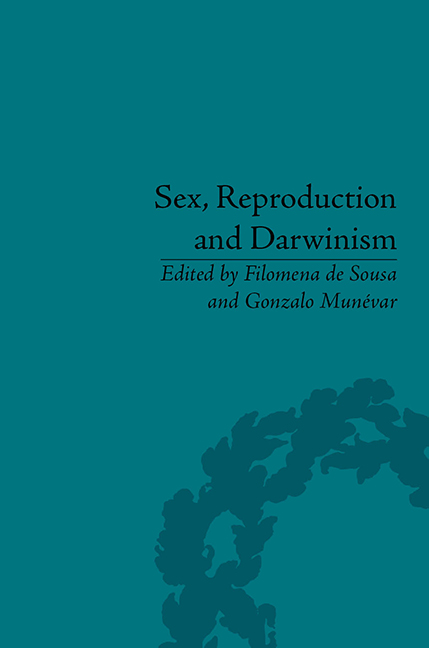Book contents
- Frontmatter
- CONTENTS
- Acknowledgements
- List of Contributors
- List of Figures and Tables
- Introduction
- Part I Reproduction, Mortality and Evolution
- Part II Reproduction without Sex?
- Part III Sex without Reproduction?
- Part IV Sexual Selection and Morality
- Part V Sex, Reproduction and Evolutionary Psychology
- 10 Symmetry and Evolution: A Genomic Antagonism Approach
- 11 Beauty, Bacteria and the Faustian Bargain
- Part VI Eugenics from Natural to Social Selection
- Notes
- Index
10 - Symmetry and Evolution: A Genomic Antagonism Approach
from Part V - Sex, Reproduction and Evolutionary Psychology
- Frontmatter
- CONTENTS
- Acknowledgements
- List of Contributors
- List of Figures and Tables
- Introduction
- Part I Reproduction, Mortality and Evolution
- Part II Reproduction without Sex?
- Part III Sex without Reproduction?
- Part IV Sexual Selection and Morality
- Part V Sex, Reproduction and Evolutionary Psychology
- 10 Symmetry and Evolution: A Genomic Antagonism Approach
- 11 Beauty, Bacteria and the Faustian Bargain
- Part VI Eugenics from Natural to Social Selection
- Notes
- Index
Summary
Parts which are homologous tend to vary in the same manner; and this is what might have been expected, for such parts are identical in form and structure during an early period of embryonic development, and are exposed in the egg or womb to similar coditions [sic]. The symmetry, in most kinds of animals, of the corresponding or homologous organs on the right and left sides of the body, is the simplest case in point; but this symmetry sometimes fails
– Charles Darwin, The Variation of Animals and Plants under Domestication (1868)Darwin was one of the first biologists interested in the developmental failure of perfect symmetry, what is now known as fluctuating asymmetry (FA). FA is the random left–right size differences in bilateral traits designed by selection to be perfectly symmetrical. Thus at the population level genuine FA (as opposed to directional or antisymmetry, neither of which are the focus of this chapter) should be normally distributed with an asymmetry mean of zero. Arguably, L. Van Valen helped to facilitate the modern scientific study of fluctuating symmetry, despite a long history of its use. FA is an indicator of underlying developmental instability which displays the inability of an organism to reach an adaptive end-point when experiencing adverse environments. FA is often used as an indicator that structural features are developing under environmental and genetic stress; essentially FA may be an important example of a disruption in homeostasis.
- Type
- Chapter
- Information
- Sex, Reproduction and Darwinism , pp. 153 - 164Publisher: Pickering & ChattoFirst published in: 2014



